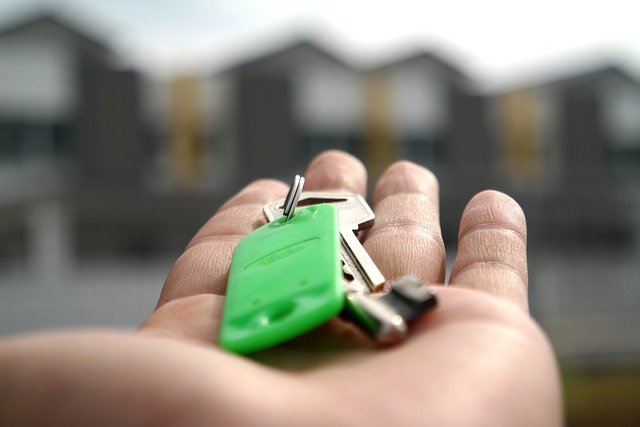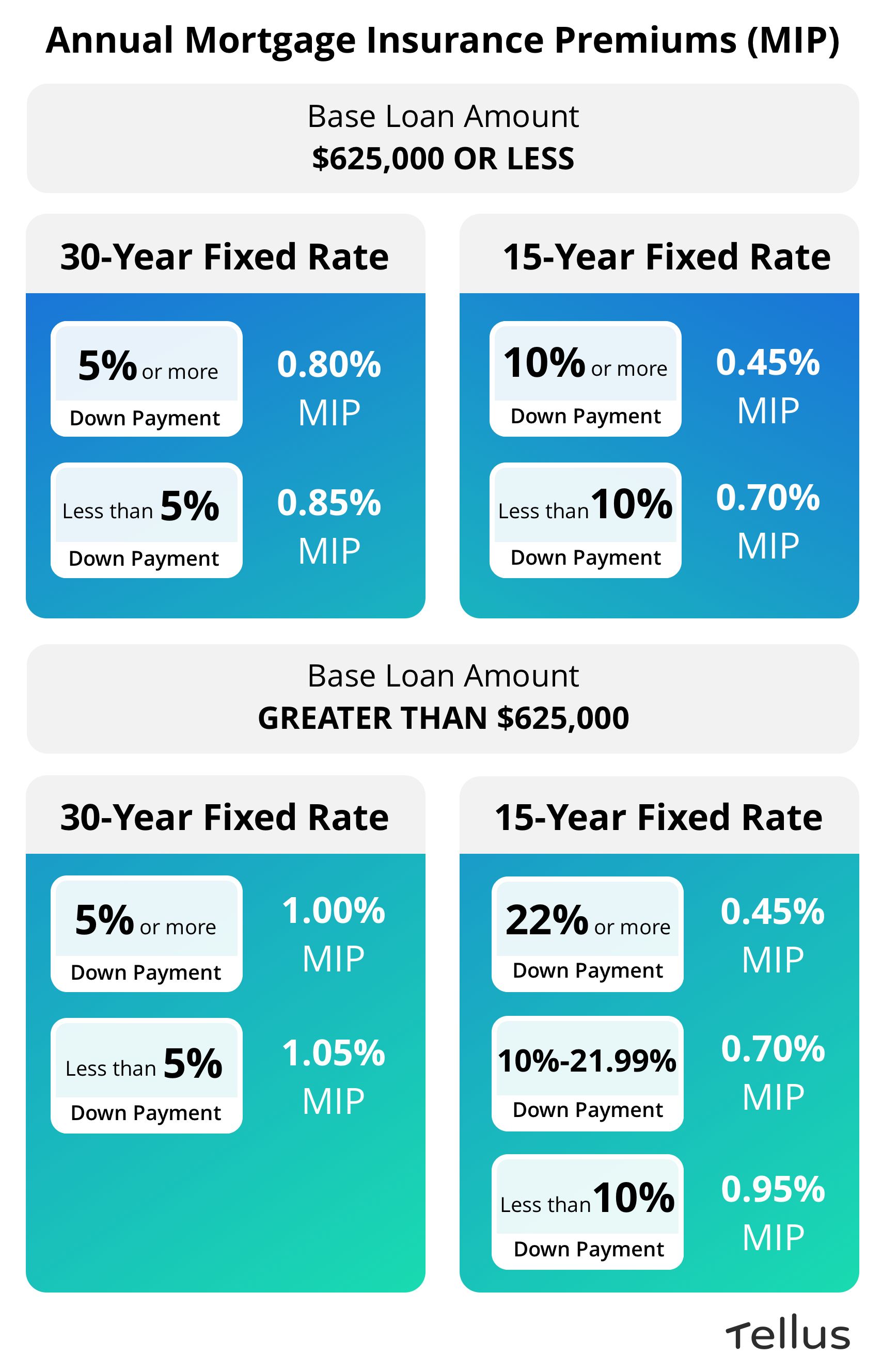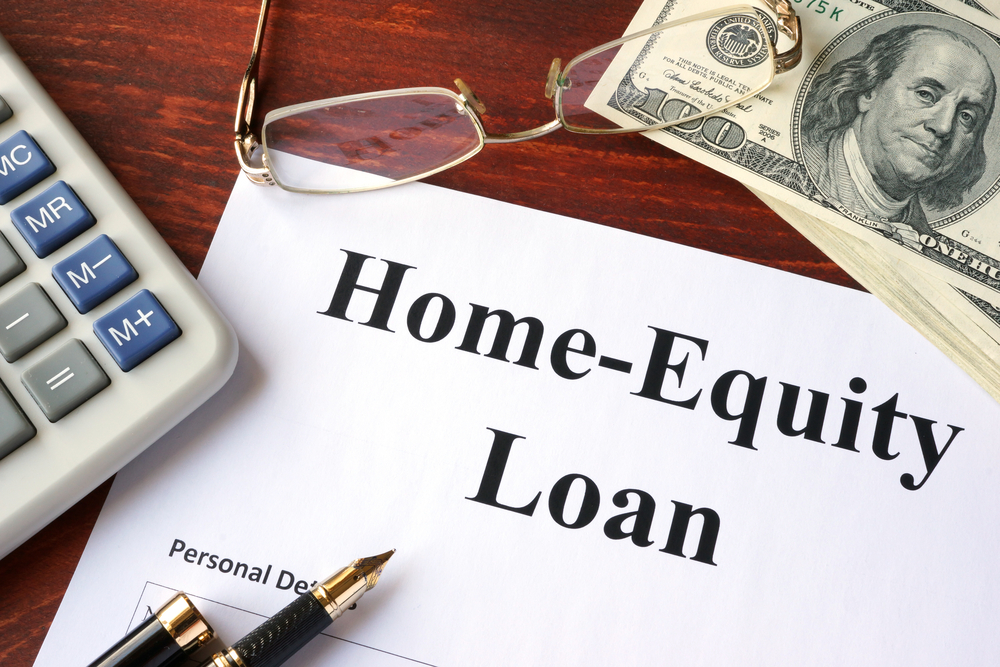
A type of mortgage called the 80-10-10 loan allows borrowers with less than 20% down payment to get rid of PMI. They are also able to purchase a very expensive home without needing to obtain a large loan. This type of loan has one drawback: it requires you to take out two mortgages simultaneously.
Piggyback Loans
Piggyback loans allow you to make a smaller down payment on your new house than other types of mortgages. The 80-10-10 loan requires only a 10% down payment, which is lower than other types of mortgages. However, you may have to pay mortgage insurance on the loan as well. But if you have good credit and don't mind the added cost, then this mortgage loan is a great option.
Two types of liens make up a piggyback loan: The first is a fixed-rate mortgage that covers up to 80% of the property's purchase price. The second is a home equity credit (HELOC) that covers the remaining 20%. Although they are similar in structure to credit cards credit cards, home equity lines can of credit (HELOCs), have no interest rates and can be repaid at any time.
Jumbo loans
Borrowers can purchase larger homes with smaller down payments by using 80-10-10 loans. This allows them avoid the strict guidelines of jumbo loan. The monthly payment can be as low as 10% instead of 20%. These loans are also ideal for people in a financial bind and those who are not able to afford the higher down payment required for a conventional loan.

The loan limits for jumbo loans vary by lender, but typically exceed $647,200. The limit for Hawaii, Alaska, and other states is $970,000.800
80 10 10 Loans
An 80/10/10 loan may be a good option if you are looking for a luxury home but don't have the funds to down payment. These loans let you borrow 80% of the price of the property, but only a 10% downpayment is required. You don't need mortgage insurance.
This loan is a popular choice for homeowners who wish to avoid jumbo loans, bypass PMI or buy a new house before selling their current one. These loans work in the same way as piggyback loan. Although there are several variations to this loan's basic concept, it is the same. You will take out two loans. One for your new house and one to pay off your existing one. After you have paid off the first loan, the second one is paid off. The benefit of this loan is that it allows you to buy a home at a higher price and not pay PMI.
Rural housing loans
Rural housing loans offer a great option to purchase a house. These loans are guaranteed by USDA, making them ideal for homebuyers who have low income. This government program offers low interest rates with 0% down payments. It provides guidance to homebuyers on the application process, eligibility requirements, and how to apply. It also offers refinancing on qualified loans.
You can use rural housing loans for many purposes. These loans can be used to help buyers purchase their first or second home. For example, an FHA mortgage requires only 3.5% of the purchase price. This allows low-income buyers to get a lower mortgage payment.

USDA loans
A USDA 80-10-10 loan may be the right loan for you if you need a no-down mortgage. This loan is designed specifically for households with low or moderate incomes. You will need to meet income and property requirements to be eligible. If you meet the above requirements, you will be able purchase a property.
This loan program offers a variety of options, including self-serviced loans and bank-owned loans. You can rest assured that these loans are guaranteed by the USDA and will have a low-interest rate as well as a flexible payment schedule. The loan programs require zero down payments and can be repaid within 33 to 38 Years, depending on income.
FAQ
Should I use a mortgage broker?
A mortgage broker can help you find a rate that is competitive if it is important to you. Brokers are able to work with multiple lenders and help you negotiate the best rate. Some brokers earn a commission from the lender. Before signing up for any broker, it is important to verify the fees.
What should you think about when investing in real property?
First, ensure that you have enough cash to invest in real property. If you don't have any money saved up for this purpose, you need to borrow from a bank or other financial institution. It is important to avoid getting into debt as you may not be able pay the loan back if you default.
It is also important to know how much money you can afford each month for an investment property. This amount should include mortgage payments, taxes, insurance and maintenance costs.
Also, make sure that you have a safe area to invest in property. It would be best to look at properties while you are away.
What are the three most important factors when buying a house?
When buying any type or home, the three most important factors are price, location, and size. It refers specifically to where you wish to live. Price refers to what you're willing to pay for the property. Size is the amount of space you require.
What is a Reverse Mortgage?
A reverse mortgage is a way to borrow money from your home without having to put any equity into the property. It allows you to borrow money from your home while still living in it. There are two types of reverse mortgages: the government-insured FHA and the conventional. With a conventional reverse mortgage, you must repay the amount borrowed plus an origination fee. FHA insurance will cover the repayment.
Statistics
- It's possible to get approved for an FHA loan with a credit score as low as 580 and a down payment of 3.5% or a credit score as low as 500 and a 10% down payment.5 Specialty mortgage loans are loans that don't fit into the conventional or FHA loan categories. (investopedia.com)
- Private mortgage insurance may be required for conventional loans when the borrower puts less than 20% down.4 FHA loans are mortgage loans issued by private lenders and backed by the federal government. (investopedia.com)
- 10 years ago, homeownership was nearly 70%. (fortunebuilders.com)
- When it came to buying a home in 2015, experts predicted that mortgage rates would surpass five percent, yet interest rates remained below four percent. (fortunebuilders.com)
- Some experts hypothesize that rates will hit five percent by the second half of 2018, but there has been no official confirmation one way or the other. (fortunebuilders.com)
External Links
How To
How to become a broker of real estate
Attending an introductory course is the first step to becoming a real-estate agent.
Next, pass a qualifying test that will assess your knowledge of the subject. This requires you to study for at least two hours per day for a period of three months.
Once you have passed the initial exam, you will be ready for the final. For you to be eligible as a real-estate agent, you need to score at least 80 percent.
If you pass all these exams, then you are now qualified to start working as a real estate agent!